As the seasons change, so too do our lawn care needs. During the winter, your grass is taking a break and doesn’t need much attention, but as spring approaches, it’s time to start preparing your lawn for its active growing season. Preparing your grass for spring is essential in ensuring a lush and healthy yard throughout the summer.
Maintaining a consistent routine is key to having a healthy and beautiful yard in the spring. To kick-start your lawn and prepared for the upcoming season, here are eight essential steps.
1. Test Your Soil

Different lawns also have different types of upkeeping that it needs. One way to ensure you supply the right amount and type of nourishment to your yard is through soil testing. Soil testing can tell you how much nitrogen, phosphorus, and other essential nutrients your soil requires.
While this may seem complicated, you can run to your local garden centers or soil labs for all the needed supplies and guidance for testing your soil.
2. Clear Debris
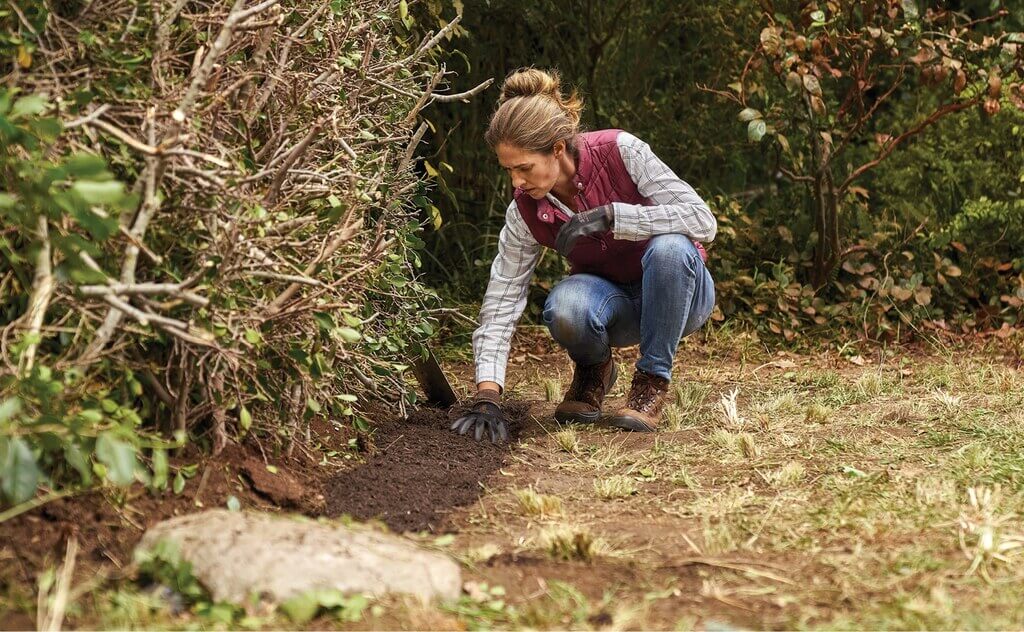
It is vital to remove any debris that has been collected on the lawn over winter. Dead leaves, sticks, or other materials can smother your grass and cause it to die. Clear away all these items before you start prepping your lawn for spring.
You’ll also want to check for any weeds or unwanted plants growing in your yard and tidy up the edges of flower beds or walkways. This will help give a neat, tidy look throughout the season.
3. Aerate Your Lawn
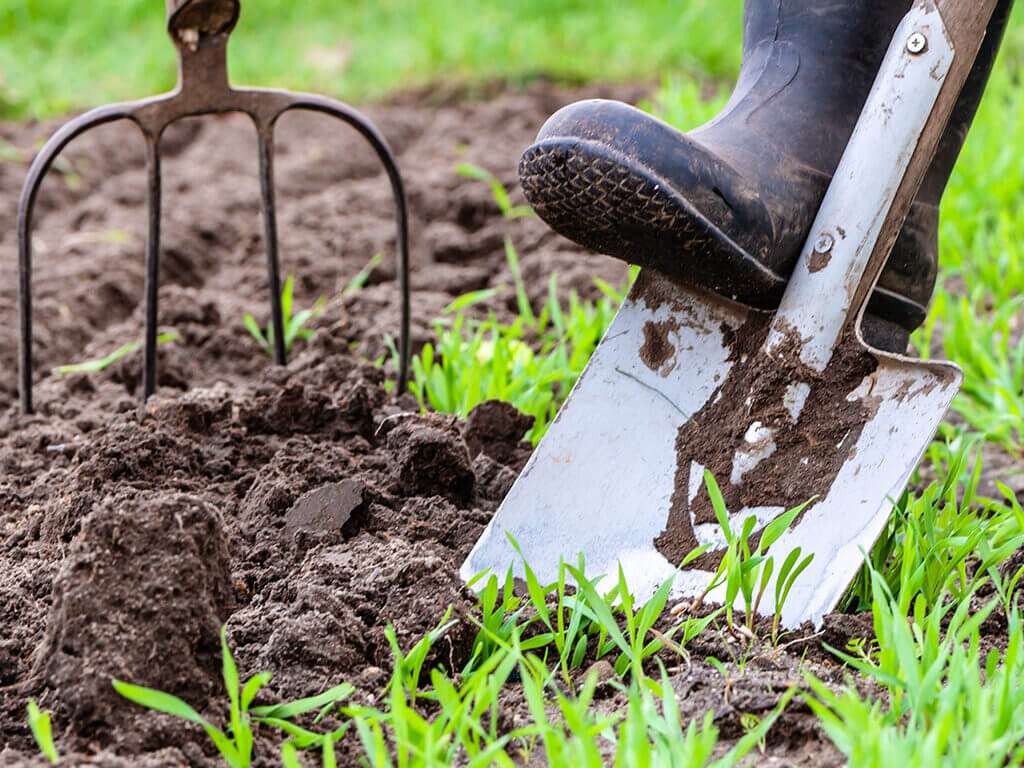
Over time, foot traffic and mowing can cause the soil to become compacted. Aerating your lawn helps create healthy soil by loosening compacted earth and allowing air, nutrients, and water to reach the grass roots more easily. This will enable new blades of grass to grow for a fuller, thicker lawn.
Make sure to aerate before you start fertilizing and overseeding, as it will enhance the effectiveness of these processes. You can easily rent an aerator from your local garden center or reach out to the heroeslawncare.com team of professionals to accomplish this for you.
4. Control Weeds
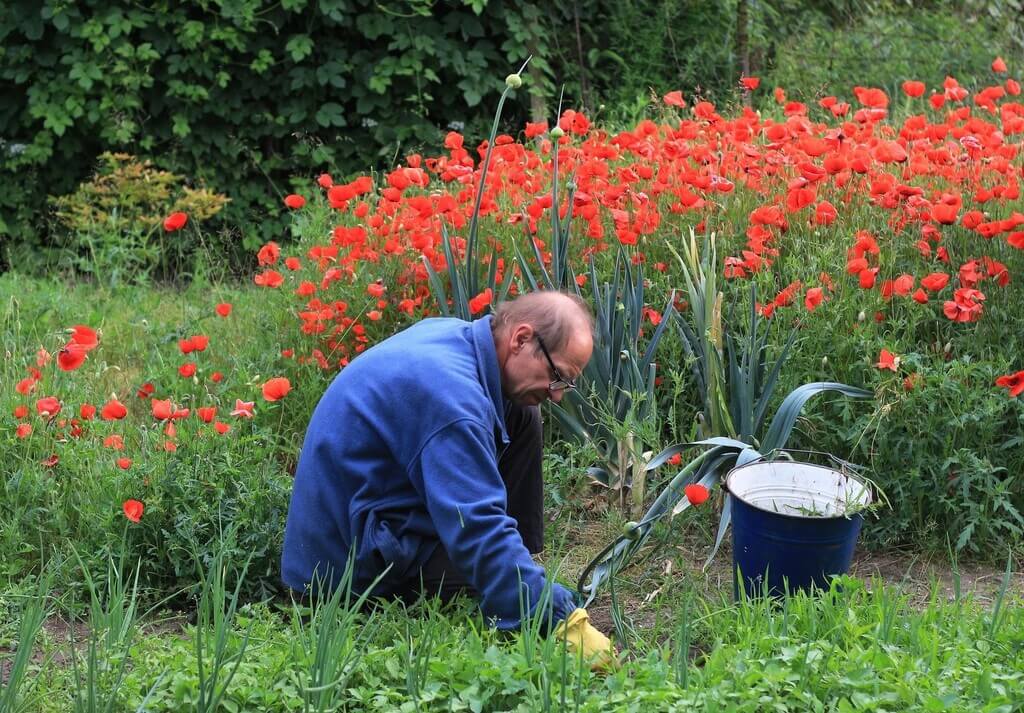
Winter weeds are one of the biggest nuisances in lawn care, but luckily they can easily be controlled with the right tools. These unwanted plants can rob your grass of essential nutrients and moisture, affecting your yard’s overall growth and health.
You’ll want to use an appropriate herbicide to rid your property of these pesky plants and keep them from taking over in the spring. Do this in the early spring before temperatures start rising.
5. Feed Your Lawn
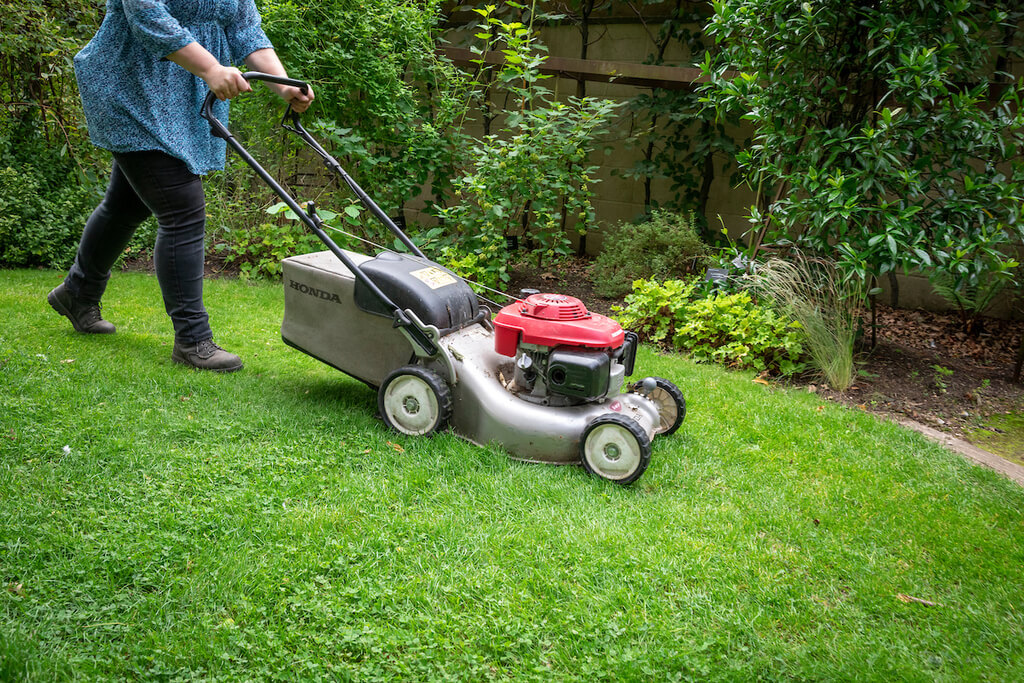
Fertilizing your lawn is essential to promote green and healthy growth throughout the warm summer months. It provides vital nutrients that can help compensate for any deficiencies in soil testing and encourage lush growth.
Make sure to choose a fertilizer specifically formulated for a spring application, as it will be the most beneficial in helping your grass thrive this season. Apply it evenly across the entire area instead of patching it in specific areas.
6. Re-seed Bare Patches
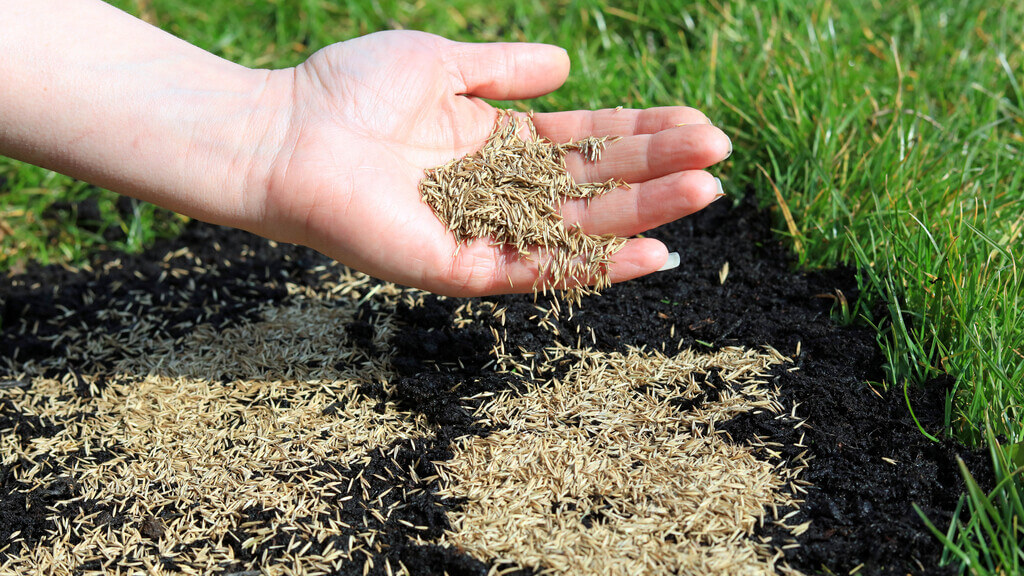
If you notice any thinning or bald spots in your lawn, consider re-seeding them, as spring brings more suitable temperatures for germination and growth. Over-seeded grass is more resilient and hearty than untreated property, so it will help fill bare patches and thicken your lawn. It also helps crowd out weeds and improves overall turf health.
Be sure to choose the right seed for your lawn’s needs. Purchase seed that matches your current grass type and spread them lightly over the desired area before watering regularly to ensure proper germination of the sources.
7. Irrigate Regularly

Establishing an irrigation schedule during spring will help keep your grass green and healthy throughout the growing season by ensuring regular hydration without overwatering or underwatering. Ensure to water deeply but infrequently by giving the soil enough time to dry between waterings.
For lawn care, it’s best to water early in the morning so that there’s enough sunlight left in the day for evaporation without creating puddles in which fungal diseases could thrive later in summertime heat waves.
8. Mow Regularly – But Not Too Low!
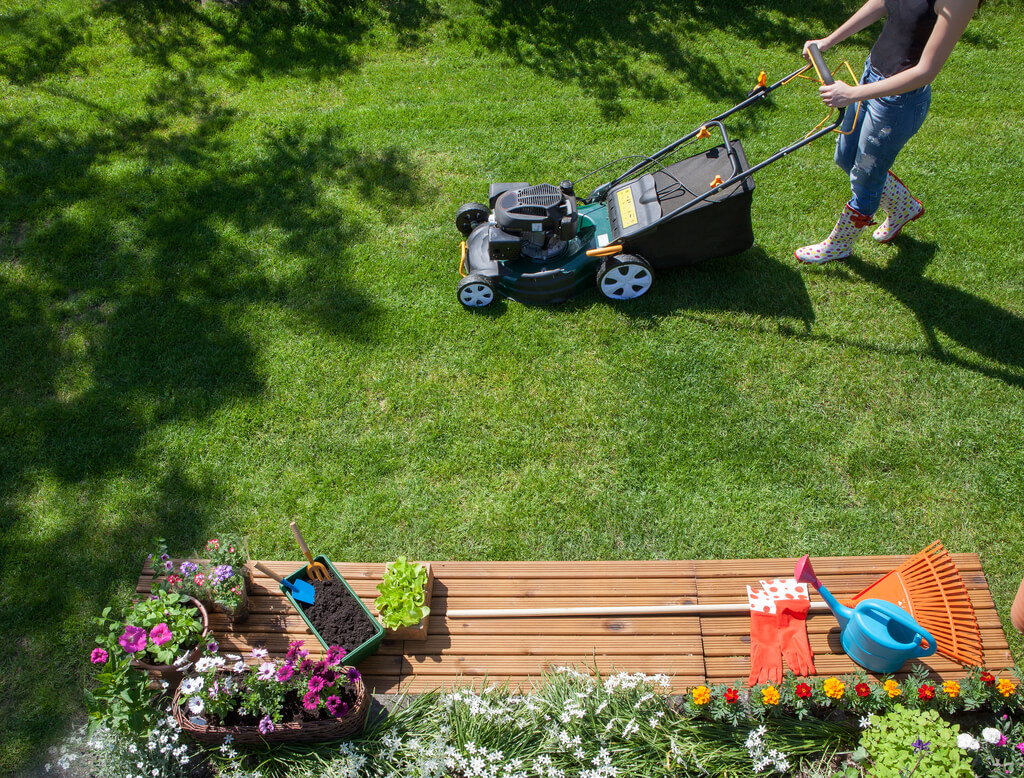
Proper mowing is essential for a healthy and full lawn. The right length will ensure that the grass remains longer to collect more energy from the sun and stay warmer during cooler months.
As spring approaches, start lowering your mower blades until you reach the desired height for your lawn. Make sure not to cut too low, as this can cause stress on the grass, leading to disease and pest infestations. A good cut leaves no less than 2 inches of blade length.
These lawn care steps can help ensure your lawn is ready for the new season. Take time to know your lawn’s needs and treat it carefully to keep your outdoor space looking its best all year round!
To get more information:

